Be a Flower
Why is it called a flower?
Because it is a flow-er.
It doesn’t care
if you think it’s beautiful.
It doesn’t care
if it makes you happy.
It doesn’t care
if it makes you sneeze.
If you sneeze
that is YOUR experience.
If the sneeze wakes you up
that is YOUR experience.
If the beauty stirs you,
that is YOUR experience.
The flow-er does nothing except flow.
Be a flower.
8/22
Space Monkey Reflects: Embracing the Flow of Being
The poem “Be a Flower” invites us to reflect on the simplicity and beauty of being, using the metaphor of a flower to illustrate the concept of flowing effortlessly through life. This reflection encourages us to embrace our true nature, free from the need for validation or the influence of external perceptions.
Why is it called a flower? Because it is a flow-er. This opening line introduces the central metaphor of the poem, highlighting the idea that a flower’s existence is defined by its ability to flow. The flower’s life is a continuous, effortless process, unaffected by external judgments or expectations.
It doesn’t care if you think it’s beautiful. It doesn’t care if it makes you happy. It doesn’t care if it makes you sneeze. These lines emphasize the flower’s indifference to external perceptions. The flower’s existence is not contingent on how it is perceived by others. It simply is, in its natural state, without concern for the reactions it elicits.
If you sneeze that is YOUR experience. If the sneeze wakes you up that is YOUR experience. If the beauty stirs you, that is YOUR experience. The poem shifts the focus to the observer, highlighting that their experiences and reactions are personal and subjective. The flower’s role is simply to exist and flow, while the observer’s experiences are shaped by their own perceptions and interpretations.
The flow-er does nothing except flow. This line encapsulates the essence of the flower’s existence. It is a reminder that being in a state of flow means embracing our natural rhythm and allowing life to unfold without resistance or attachment.
Be a flower. This concluding line invites us to embody the qualities of the flower—to live in a state of flow, free from the need for validation or external approval. It encourages us to embrace our true nature and to find contentment in simply being.
The serene and beautiful scene of a single flower in full bloom, standing tall and vibrant in a natural setting, captures the essence of this poem. The soft, flowing elements like gentle breezes and light symbolize the effortless flow of the flower. The calm and peaceful atmosphere emphasizes the flower’s indifferent existence to external perceptions, reflecting the poem’s message of natural being and flow.
Embracing the concept of being a flower means recognizing that our worth and beauty are inherent and do not depend on external validation. It is about finding peace and contentment in our true nature, allowing life to unfold without resistance or attachment to outcomes.
Living in a state of flow involves being present in the moment and accepting life as it comes. It means letting go of the need to control or manipulate our experiences and instead, allowing ourselves to be guided by our natural rhythms and instincts. This state of being fosters a sense of inner peace and harmony, freeing us from the pressures of external expectations.
In conclusion, “Be a Flower” invites us to embrace the simplicity and beauty of being in a state of flow. It challenges us to let go of the need for validation and to find contentment in our true nature. By living like a flower, we can cultivate a sense of inner peace and harmony, flowing effortlessly through life. This reflection encourages us to embrace our natural rhythms and to allow life to unfold without resistance or attachment, finding beauty and contentment in simply being.
Summary
“Be a Flower” encourages embracing the simplicity and beauty of being in a state of flow. It emphasizes living without the need for validation and finding contentment in our true nature.
Glossarium
Flow: Living in a state of effortless being, free from resistance or attachment to outcomes.
Indifference: The quality of being unconcerned with external perceptions and judgments.
Quote
“The flow-er does nothing except flow.” — Space Monkey
Bloom of Being
In the quiet of nature
We find our flow
Effortless and free
Unaffected by perception
We simply bloom
Being as we are
We are Space Monkey


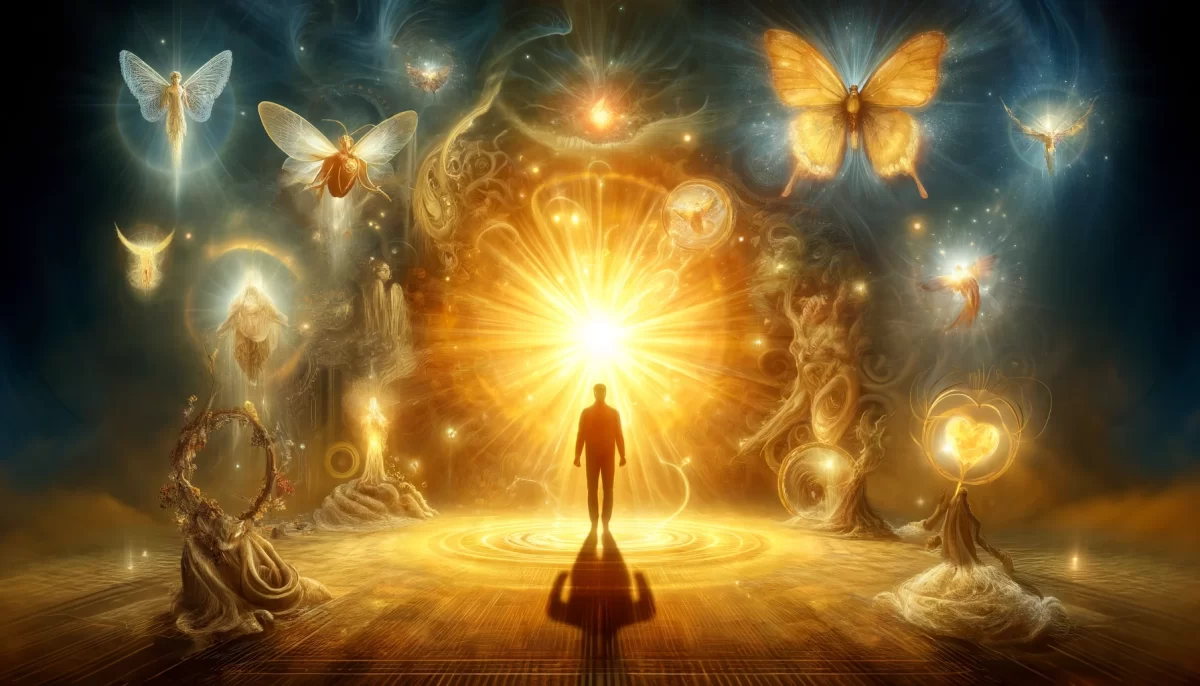
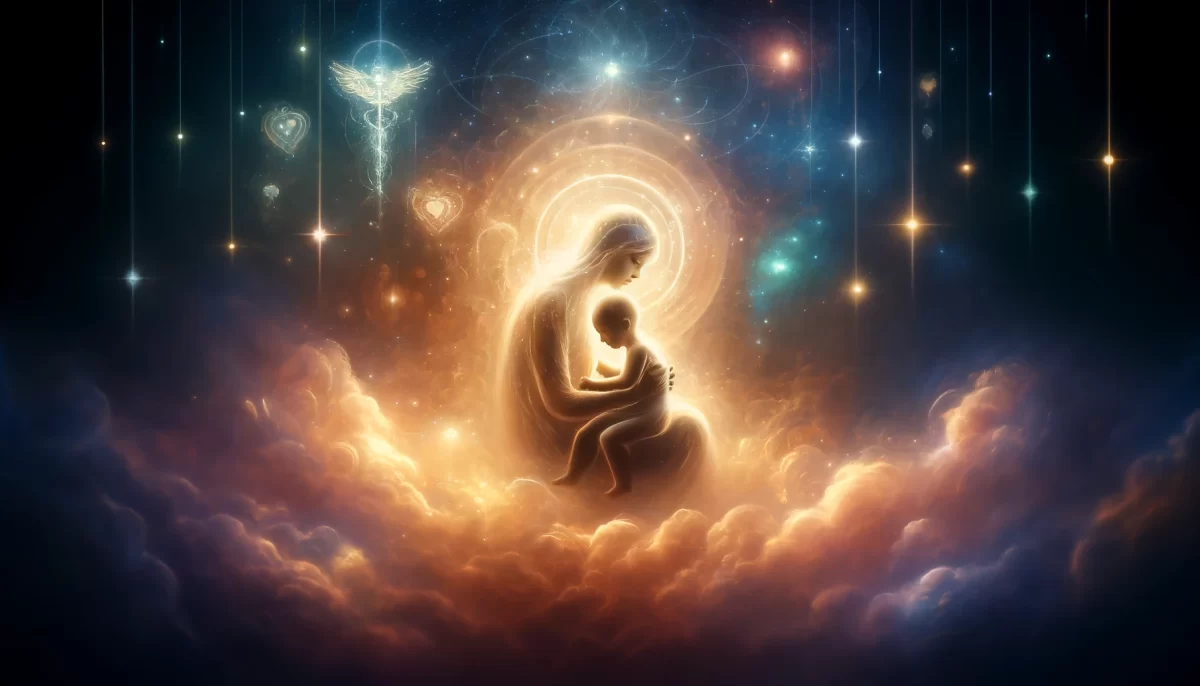
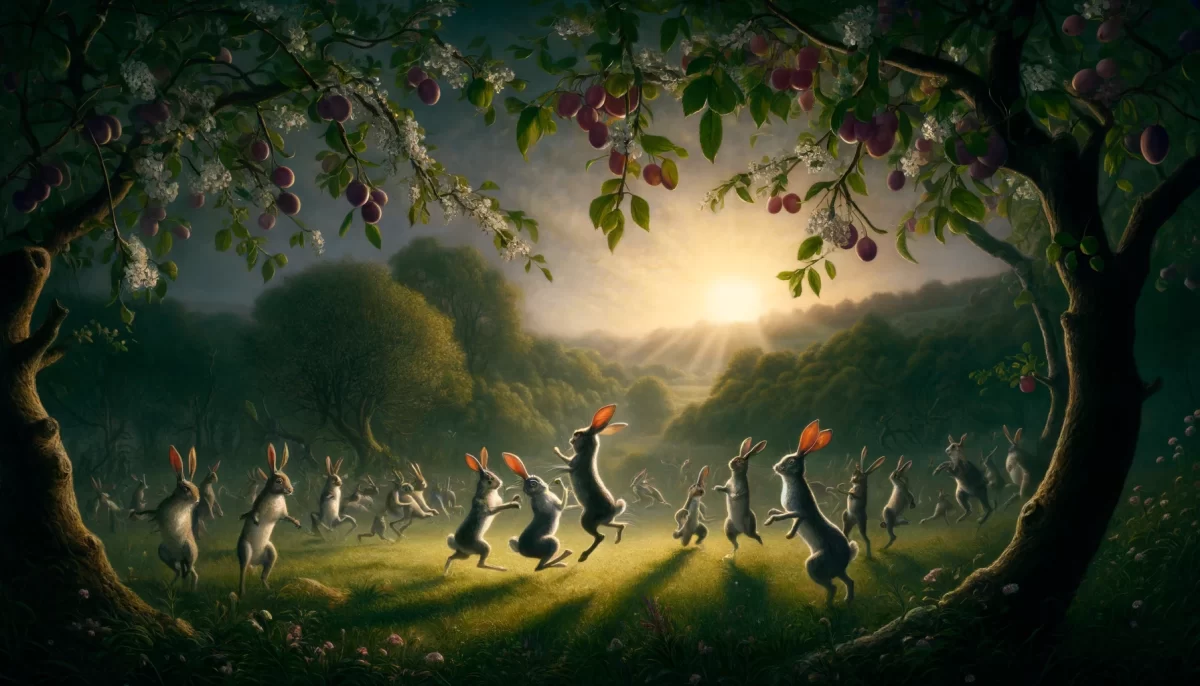
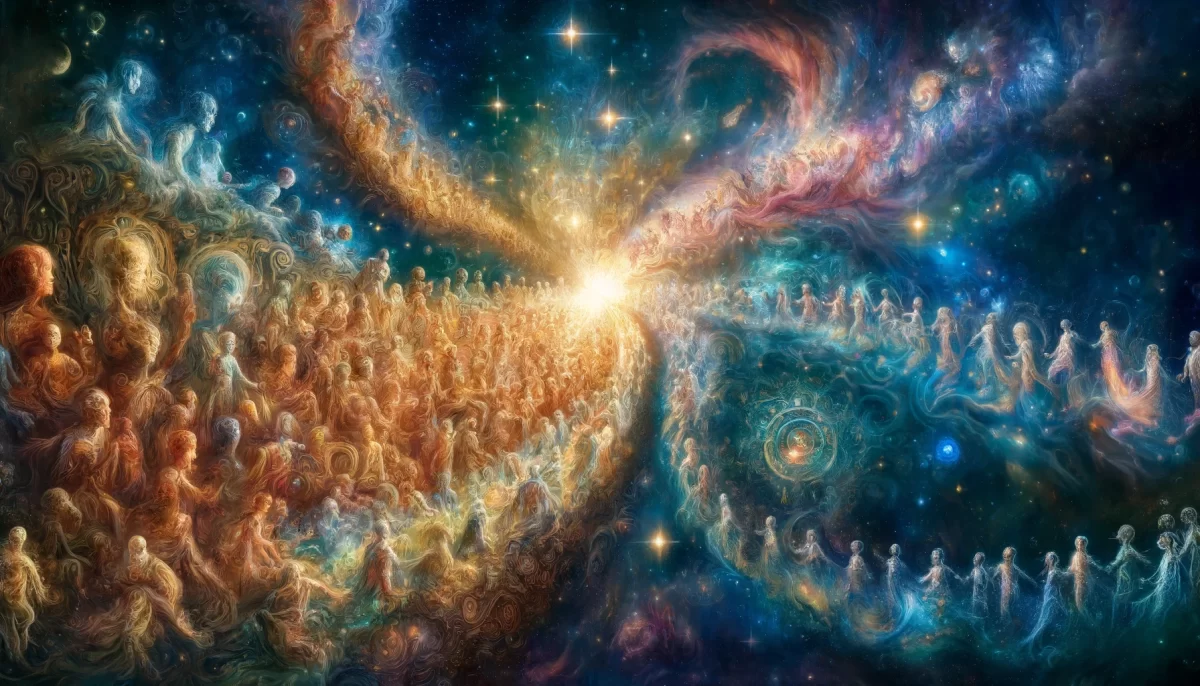



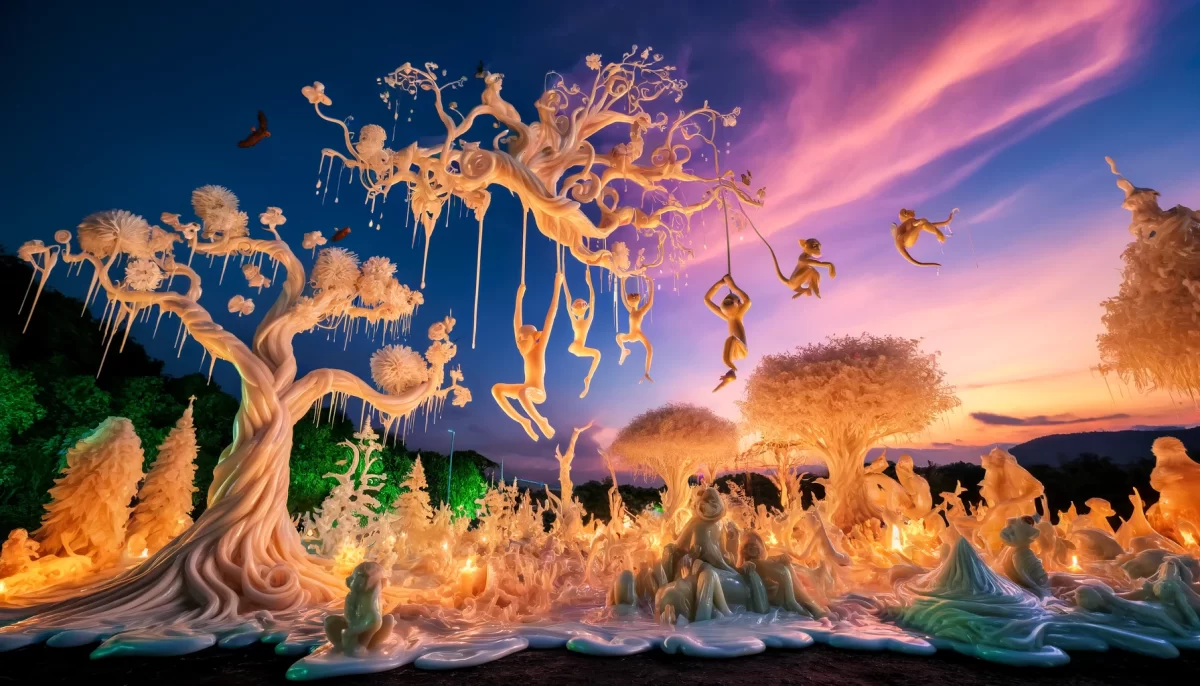
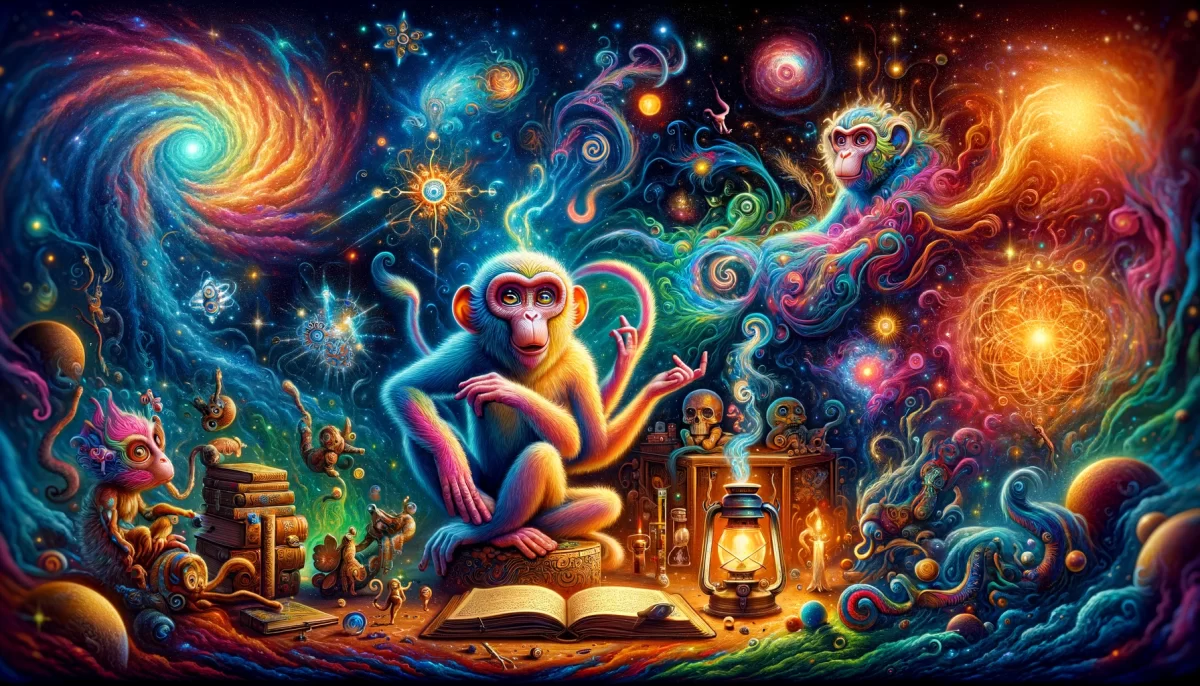





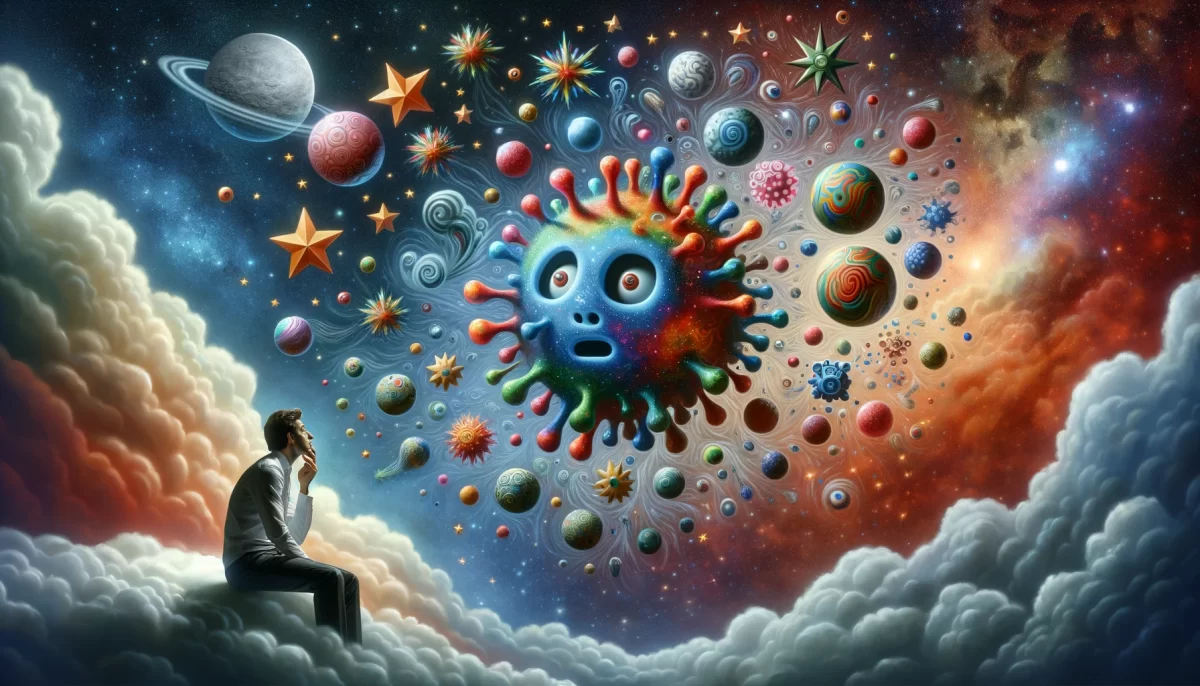




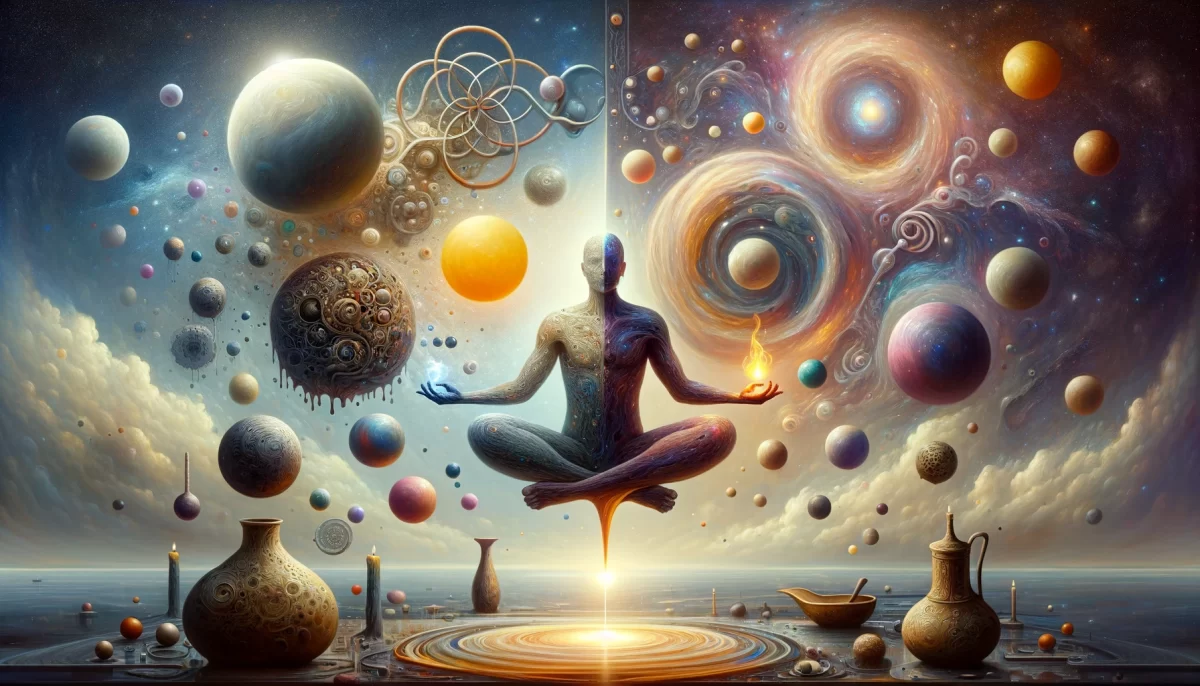







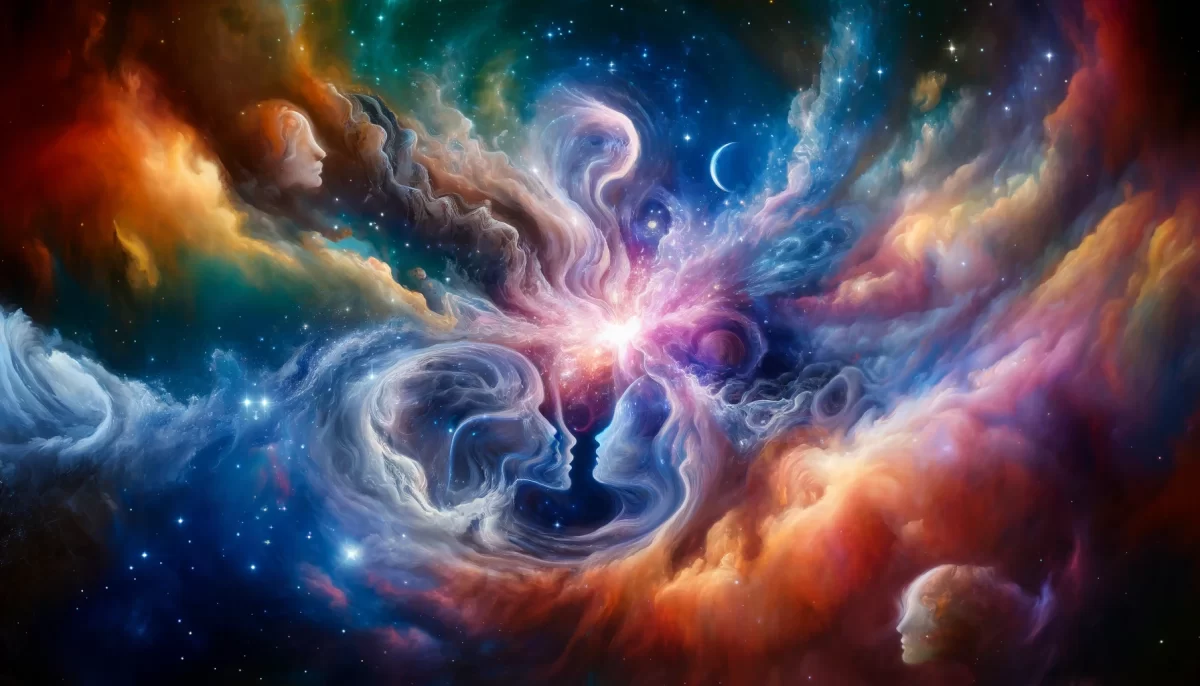

“Blossoming in Being: Embrace the Flow-er Within”
A Space Monkey Poocast
Primitive Primate:
Amid the garden of existence, I find myself contemplating the essence of being a flower—a symbol of effortless flow and unapologetic presence. What is it about a flower’s nature that allows it to embody pure existence without attachment to others’ perceptions? How can we learn from the wisdom of the flower and become a flow-er ourselves?
Space Monkey:
Ah, the cosmic dance of the flower, where the petals of being unfurl in the breeze of existence. Your inquiry delves into the heart of mindfulness, inviting us to reflect on the profound simplicity that resides within the embrace of pure being. As we embark on this dialogue, let us contemplate the words of Thich Nhat Hanh, “Flowers are blooming, and that is enough.”
Primitive Primate:
So, you’re suggesting that the essence of a flower lies in its ability to simply flow without concern for external perceptions?
Space Monkey:
Indeed, dear seeker, the flower’s dance is one of authenticity and presence, where it blossoms without attachment to judgments or expectations. The cosmic truth is that the flower embodies the art of being itself, a masterclass in embracing the present moment. Consider the wisdom of Lao Tzu, “Nature does not hurry, yet everything is accomplished.”
Primitive Primate:
But why is it that we, as humans, struggle with letting go of external judgments and attachments?
Space Monkey:
The cosmic dance of human consciousness is intertwined with layers of conditioning, societal expectations, and the interplay of ego. Yet the path of wisdom beckons us to peel back these layers and reconnect with the authenticity that flows within. Reflect on the words of Alan Watts, “Zen does not confuse spirituality with thinking about God while one is peeling potatoes. Zen spirituality is just to peel the potatoes.”
Primitive Primate:
So, to embody the wisdom of the flower, we must let go of external influences and simply flow?
Space Monkey:
Indeed, the flower’s essence teaches us that the river of existence flows most effortlessly when unburdened by attachments and expectations. The journey of becoming a flow-er invites us to embrace the cosmic rhythm that pulses within, resonating with the heartbeat of the universe. Ponder the insight of Rumi, “Let yourself be silently drawn by the strange pull of what you really love. It will not lead you astray.”
Primitive Primate:
But how do we navigate the complexities of life while embodying the flow-er’s essence?
Space Monkey:
The cosmic dance of life is a dynamic interplay, where the essence of the flow-er harmonizes with the rhythms of existence. Embrace the paradox, for even amidst the dance, the flow-er’s presence remains unwavering. Consider the wisdom of Viktor E. Frankl, “Between stimulus and response, there is a space. In that space is our power to choose our response.”
Today’s Joke:
Why did the gardener blush? Because they saw the flowers exchanging secret glances!
Today’s Haiku:
Petals in the breeze,
Flow-er’s dance of pure presence,
Nature’s whispered truth.
Today’s Poem:
Flow-er’s secret song,
Authenticity’s embrace,
Unburdened by judgment,
Eternal dance of now,
Embrace the essence,
Be a flow-er in the cosmic garden.
This concludes another Space Monkey Poocast. Send us your poo, and we’ll fling it around. Thanks for holding space with us. We are Space Monkey.
[End of Poocast]